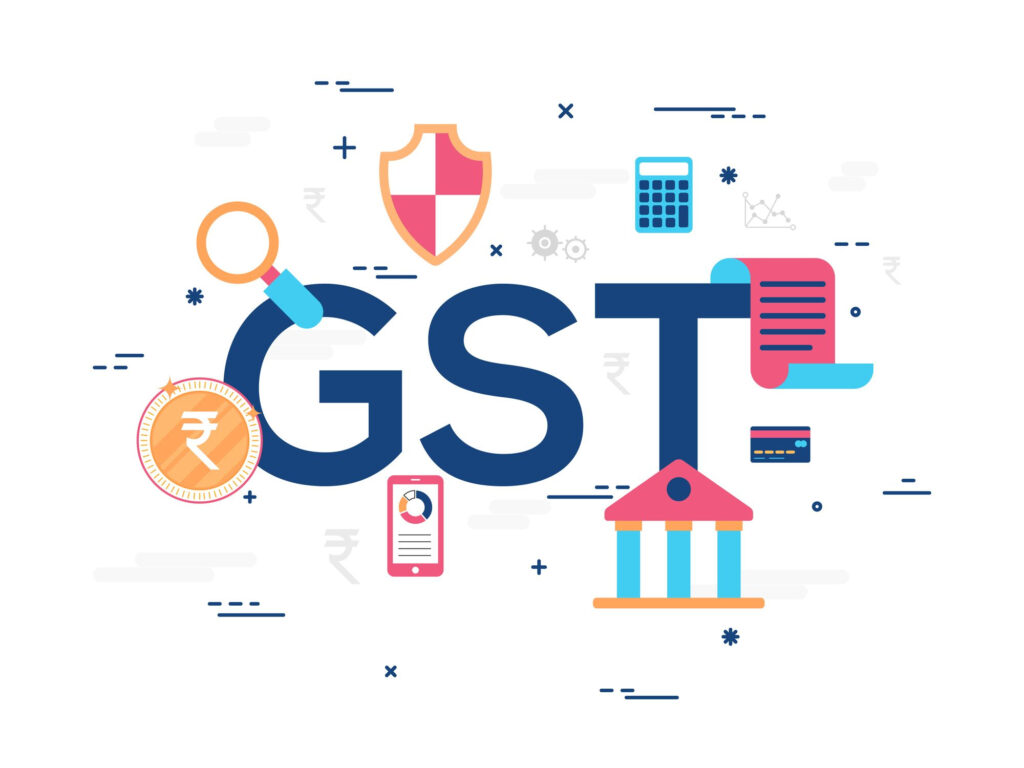GST Registration Process : The Goods and Services Tax (GST) is one of the most significant tax reforms in India, aimed at creating a unified tax system for the entire country. For businesses and individuals involved in the supply of goods and services, understanding the GST registration process is crucial. This article provides a detailed step-by-step guide on how to register for GST in India. GST has replaced numerous indirect taxes that were previously levied by both the Central and State Governments.
Why is GST Registration Important?
GST registration is mandatory for businesses whose aggregate turnover exceeds the threshold limit set by the government. It is also compulsory for certain types of businesses regardless of turnover, such as those involved in inter-state supply or e-commerce. Failing to register for GST when required can result in penalties and legal consequences.
Benefits of GST Registration:
- Legally recognized as a supplier of goods or services.
- Ability to collect GST from customers and pass on the credit of the taxes paid on goods or services supplied.
- Authorization to do business on a national level.
- Eligibility for various tax credits.
Who Should Register for GST?
- Mandatory Registration: Businesses with a turnover exceeding ₹40 lakhs (₹20 lakhs for North-Eastern states) in a financial year.
- Voluntary Registration: Even if a business does not exceed the threshold, they may voluntarily opt for GST registration to avail of input tax credit and expand their market presence.
- Special Cases: Certain businesses such as those involved in e-commerce, inter-state supply, and non-resident taxable persons must register for GST regardless of their turnover.

Documents Required for GST Registration
Before starting the registration process, ensure you have the following documents ready:
- PAN Card of the business or applicant.
- Aadhaar Card of the applicant.
- Proof of business registration or incorporation certificate.
- Identity and address proof of promoters/directors with photographs.
- Address proof of the business location.
- Bank account statement/Cancelled cheque.
- Digital Signature (for companies and LLPs).
- Letter of Authorization or Board Resolution for authorized signatory.
Step-by-Step Guide to GST Registration
1. Visit the GST Portal
Go to the official GST portal (www.gst.gov.in) and navigate to the ‘Services’ section. Select ‘New Registration’ under the ‘Registration’ tab.
2. Fill in Basic Details
- Type of Taxpayer: Choose the appropriate category (e.g., individual, partnership, company).
- State and District: Select your state and district from the drop-down list.
- Legal Name of Business: Enter the legal name as per PAN.
- PAN Number: Provide the PAN number of your business.
- Email and Mobile Number: Enter valid email and mobile number for OTP verification.
3. OTP Verification
An OTP will be sent to the registered email and mobile number. Enter the OTP to verify your details. Once verified, you will receive a Temporary Reference Number (TRN) on your mobile and email.
Log in with your TRN and complete the registration application.
- Business Details: Fill in the required details like the name of your business, PAN, and principal place of business.
- Promoters/Partners Details: Enter details of up to 10 Promoters/Partners.
- Authorized Signatory: Details of the person who will manage GST compliance on behalf of the business.
- Principal Place of Business: Provide the address of the principal place of business. Upload the required proof of address.
- Additional Places of Business: If applicable, provide the addresses of additional places of business.
- Goods and Services Details: Specify the goods and services your business deals with (using the HSN/SAC code).
- Bank Account Details: Enter your bank account number and IFSC code.
5. Upload Documents
Upload the scanned copies of the necessary documents as mentioned above. Ensure all documents are clear and legible.
6. Application Verification
The application will be verified by the GST officials. If all information is correct, you will receive an ARN (Application Reference Number) via email and SMS.
7. GSTIN Allotment
Once the application is approved, you will receive your GSTIN (Goods and Services Tax Identification Number) and GST registration certificate. This certificate is available for download from the GST portal.
Also Read: GST Council Meeting: कैंसर की दवा पर अब लगेगा 5% GST
Post-Registration Compliance
Once registered, businesses must adhere to the following compliance requirements:
- Monthly/Quarterly Returns: Depending on your turnover, you must file GST returns on a monthly or quarterly basis.
- Annual Return: Every registered taxpayer is required to file an annual GST return.
- Invoicing: Ensure that all invoices issued to customers are GST-compliant, including GSTIN, HSN/SAC codes, and applicable GST rates.
- Maintenance of Records: Keep all business and tax records for at least six years from the last date of filing the annual return.

Penalties for Non-Compliance
Non-compliance with GST regulations can result in severe penalties. For instance:
- Late Registration: A penalty of ₹10,000 or 10% of the tax due, whichever is higher.
- Late Filing of Returns: A late fee of ₹200 per day (₹100 CGST + ₹100 SGST) until the return is filed.
- Non-Payment of Tax: If tax is not paid or is underpaid, a penalty of 10% of the tax due, subject to a minimum of ₹10,000.
Conclusion
Understanding and completing the GST registration process is essential for any business operating in India. The process is straightforward but requires careful attention to detail. By following the steps outlined in this guide, you can ensure that your business is GST-compliant and avoid potential legal issues.





Leave a Reply